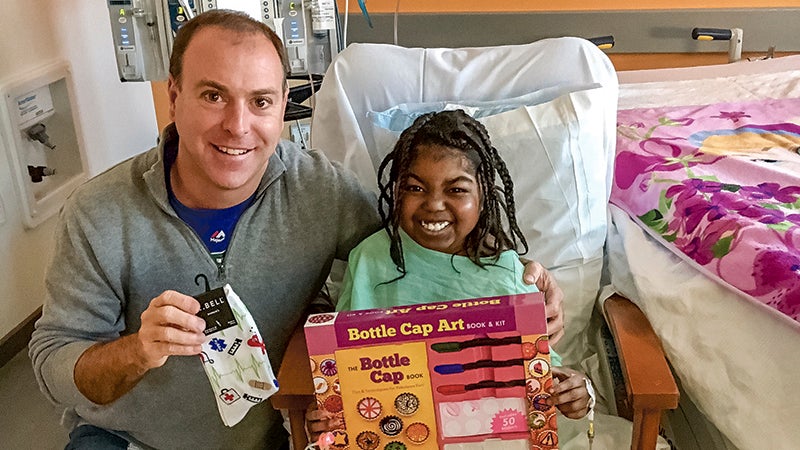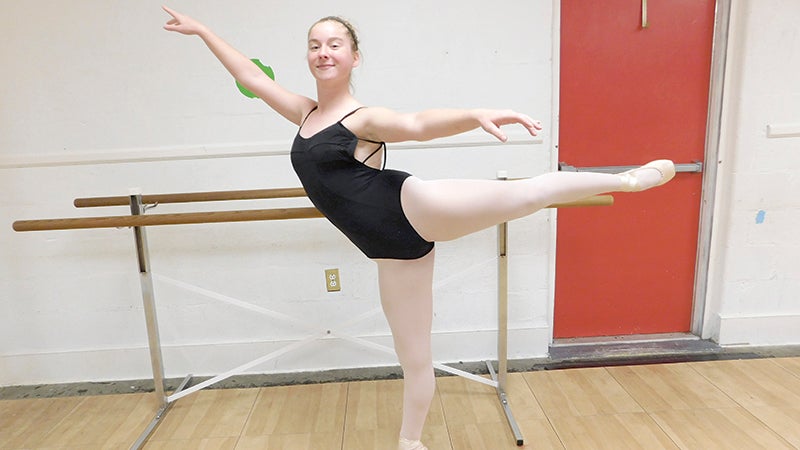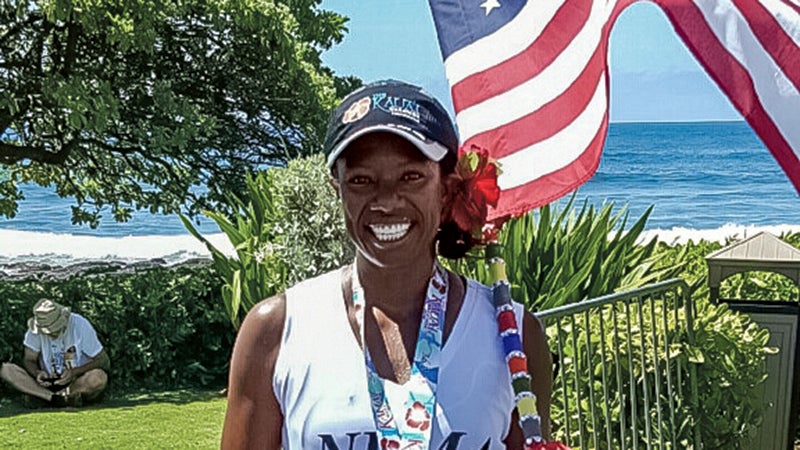Students quiz Mars experts
Published 8:50 pm Monday, August 6, 2012

At Mack Benn Jr. Elementary School, students from six Suffolk public schools engage with NASA scientists during a question-and-answer session on the historic landing of Mars rover Curiosity.
From the generation scientists say will be the first to colonize other planets, 25 Suffolk students were among students from just three of the nation’s school districts to take part in a forum with NASA on the historic landing of Mars rover Curiosity.
With 10 parents and four teachers, the students from Nansemond Parkway, Mack Benn Jr., Oakland and Booker T. Washington elementary schools, as well as King’s Fork and John F. Kennedy middle schools, joined in the live session via web cam Monday.
On the other end were two NASA learning specialists — Lyle Tavernier, at the Jet Propulsion Laboratory in Pasadena, Calif., and Erin McKinley at the Goddard Space Flight Center in Maryland.
Curiosity, weighing 2,000 pounds, successfully set down in a crater near the red planet’s equator at 1:32 a.m. Eastern time on Monday.
“We would be having a different talk right now” if things hadn’t gone so smoothly, said Elizabeth Petry, a gifted resource teacher at Mack Benn, where the teleconference took place.
Mars is vastly different from Earth, Tavernier explained. A day lasts 24 hours and 39 minutes. Temperatures range from negative 225 to 70 degrees.
“When we get to Mars, we’re not going to take pretty pictures,” he said, explaining that Curiosity’s mission is to determine whether Mars has ever supported life, learn about the environment, including its geology, and “prepare for human exploration.”
Communications with the rover are via installations in California, Spain and Australia.
It’s outfitted with cameras, detectors and other tools, including a spectrometer to analyze the elements of rocks and soil after they are vaporized with a laser from up to 30 feet away.
Curiosity’s nuclear power plant gives it an expected mission time of about 23 months, or a full Martian year.
Humans will “absolutely” be able to travel to Mars, Tavernier told the students. “That’s one of the objectives … (of Curiosity) to understand what it would be like to live and work on the surface of Mars.”
New rockets and crew vehicles are being developed for such a purpose, he said, explaining that colonists would rotate between living on Mars and Earth in cycles lasting around two and a half years.
NASA’s target for a Mars colony is “around the 2030s,” McKinley said.
Nansemond Parkway teacher Sharon Boldizar said she could name a few of her students who would want to be among Mars’ first — or first human, perhaps — inhabitants.
“It know a few of them who would want to go,” she said. “They are the age. I’d love to be there, but I’m too old. I think in their minds it will happen tomorrow.”





